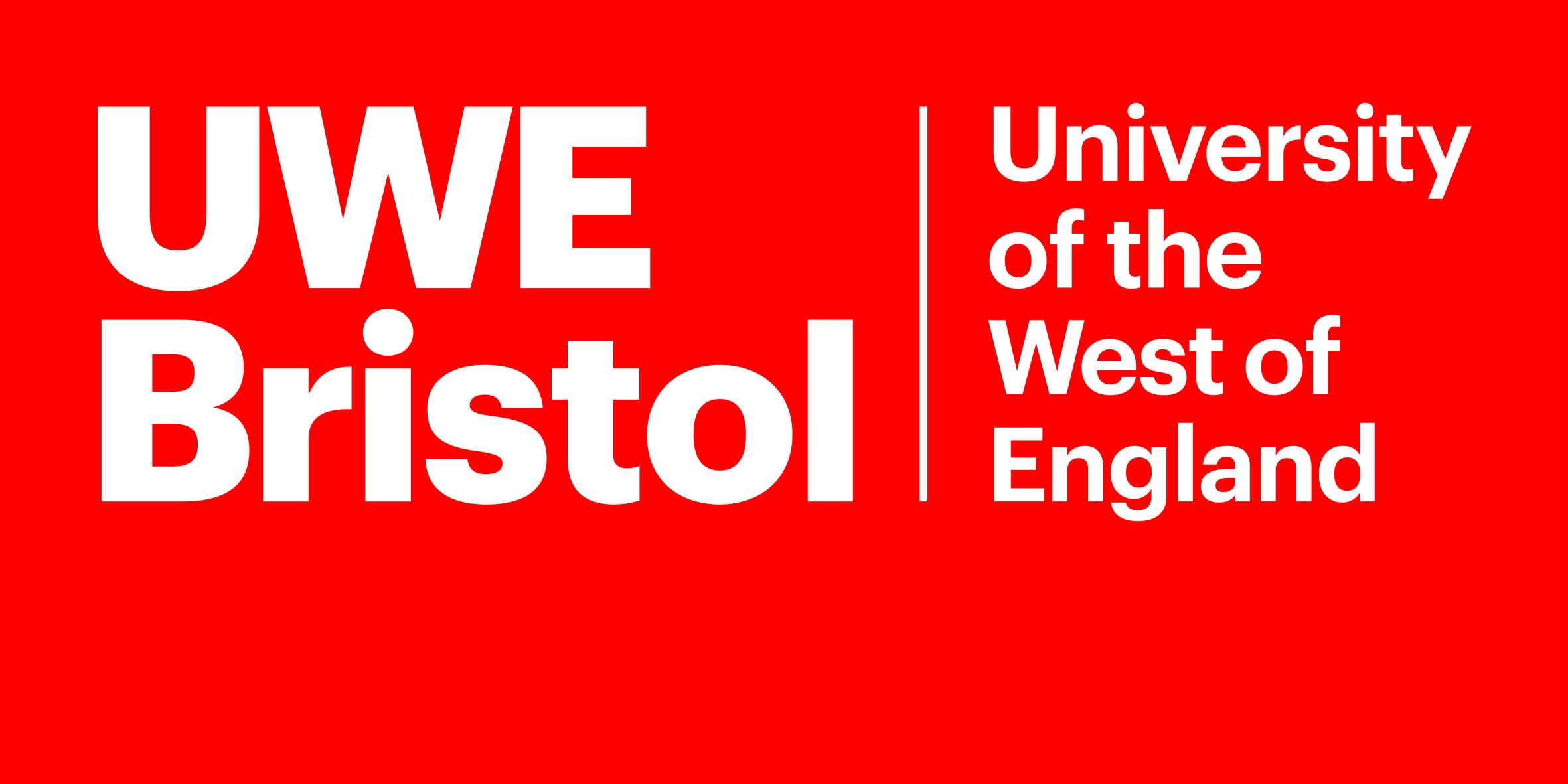R. J. O. Ferreira
Revisiting the remission criteria for rheumatoid arthritis by excluding patient global assessment: An individual patient meta-analysis including 5792 patients
Ferreira, R. J. O.; Welsing, P.; Jacobs, J. W. G.; Gossec, L.; Ndosi, M.; Machado, P.; Van der Heijde, D.; Da Silva, J. A. P.
Authors
P. Welsing
J. W. G. Jacobs
L. Gossec
Dr Mwidimi Ndosi Mwidimi.Ndosi@uwe.ac.uk
Associate Professor in Rheumatology Nursing
P. Machado
D. Van der Heijde
J. A. P. Da Silva
Abstract
Background: Remission nowadays is the guiding target of management of rheumatoid arthritis (RA). However, no gold standard definition of remission exists and the inclusion of patient global assessment (PGA) in remission definitions is debated (1). Objectives: To determine the impact of excluding PGA from the ACR/EULAR Boolean remission criteria, upon prediction of radiographic outcome of RA. Methods: Meta-analyses using individual patient data from randomized controlled trials (identified through PubMed and Clinicaltrials.gov until 2017) testing the efficacy of biological agents on radiographic outcomes at ≥2 years. Remission was defined using the ACR/EULAR remission criteria with 4 variables (Figure 1): (i) tender and swollen 28-joint counts (TJC28/SJC28), C-reactive protein (CRP, mg/dl), and PGA (0-10=worst) all ≤1 (4V-remission), (ii) the same, except PGA>1 (4V-near-remission) (iii) 3V-remission (similar to 4V, but without PGA, i.e. equal to the combination of i and ii), and (iv) non-remission (TJC28 and/or SJC28 and/or CRP >1). Meta-analyses were performed using the DerSimonian-Laird random-effects method. Good radiographic outcome (GRO) was defined as an increase of ≤0.5 modified Total Sharp score (mTSS) units. The relationship between the most stringent remission class achieved at 6 or 12 months and GRO during the second year was analysed. The pooled probabilities of GRO for the different definitions of remission were estimated and compared. Results: Individual patient data (n=5,792) from eleven trials were analysed. 4V-remission was achieved by 23% of patients (95%CI: 18-28%) and 4V-near-remission by 19% (95%CI: 15-22%) and thus, 3v-remission by 42% (95%CI: 36-48%). The probability of GRO in the 4V-near-remission group was similar to that of 4V-remission (78 vs 81%, ns) and significantly higher than that for non-remission (72%; difference 6%; 95%CI: 2-10%) (Table 1). These results were confirmed by meta-analyses of odds ratios of obtaining GRO of these groups (Graph 1). 3V-remission showed a higher predictive value for GRO (51%, 95%CI: 47-55%) than 4V-remission (41%, 95%CI: 35-46%) (Figure 2). Conclusion: 4V-near-remission and the original 4V-remission are similarly predictive of GRO, therefore combining these in the 3V-remission definition potentially reduces the risk of overtreatment compared to the 4V definition. This supports the use of 3V-remission as the target for immunosuppressive therapy. The patient's perspective, which must remain central, requires a separate treatment aim: a dual-target approach. References: [1]Ferreira RJO et al. Ann Rheum Dis. 2019 Oct;78(10):e109. doi: 10.1136/annrheumdis-2018-214199. Acknowledgments: We acknowledge Eduardo Santos (Coimbra, Portugal) for his support in performing the meta-analyses, as well as the support from Jos van der Velden (SAS Portugal), Adam LaMana (SAS International) and from “data sharing” teams of Pfizer, AbbVie, Roche, UCB and MSD/YODA in managing the databases. Disclosure of Interests: Ricardo J. O. Ferreira Grant/research support from: Abbvie, Consultant of: Sanofi Genzyme, Amgen, MSD, Paid instructor for: UCB, Paco Welsing: None declared, Johannes W. G. Jacobs Grant/research support from: Roche, Laure Gossec Grant/research support from: Lilly, Mylan, Pfizer, Sandoz, Consultant of: AbbVie, Amgen, Biogen, Celgene, Janssen, Lilly, Novartis, Pfizer, Sandoz, Sanofi-Aventis, UCB, Mwidimi Ndosi Grant/research support from: Bristol Myers Squibb, Consultant of: Janssen, Pfizer, Pedro Machado Consultant of: Abbvie, Celgene, Janssen, Lilly, MSD, BMS, Novartis, Pfizer, Roche and UCB, Speakers bureau: AbbVie, Centocor, Eli Lilly, Janssen, MSD, Novartis, Pfizer and UCB Pharma, Désirée van der Heijde Consultant of: AbbVie, Amgen, Astellas, AstraZeneca, BMS, Boehringer Ingelheim, Celgene, Cyxone, Daiichi, Eisai, Eli-Lilly, Galapagos, Gilead Sciences, Inc., Glaxo-Smith-Kline, Janssen, Merck, Novartis, Pfizer, Regeneron, Roche, Sanofi, Takeda, UCB Pharma; Director of Imaging Rheumatology BV, José Antonio P. da Silva Grant/research support from: Pfizer, Abbvie, Consultant of: Pfizer, AbbVie, Roche, Lilly, Novartis Table 1 Pooled outcomes and measures of association between remission categories and good radiographic outcome (GRO, defined as ΔmTSS≤0.5), during the second year of follow-up. Groups 4V-remission (n=1,378) 4V-near-remission (n=1,085) Non-remission (n=3,329) Percentage GRO (95%CI) 81 (74 to 87) 78 (70 to 86) 72 (62 to 81) Comparisons 4V-near-remission vs 4V-near-remission vs 4V-remission Non-remission Δ percentage GRO (95%CI) −2.9 (−7.3 to 1.5) 6.2 (2.3 to 10.1)
| Presentation Conference Type | Conference Abstract |
|---|---|
| Conference Name | EULAR European Congress of Rheumatology |
| Start Date | Jun 3, 2020 |
| End Date | Jun 6, 2020 |
| Acceptance Date | Apr 1, 2020 |
| Online Publication Date | Jan 3, 2025 |
| Publication Date | 2020-06 |
| Deposit Date | May 29, 2021 |
| Journal | BMJ |
| Print ISSN | 0003-4967 |
| Electronic ISSN | 1468-2060 |
| Publisher | BMJ Publishing Group |
| Peer Reviewed | Peer Reviewed |
| Volume | 79 |
| Issue | S1 |
| Pages | 261-262 |
| DOI | https://doi.org/10.1136/annrheumdis-2020-eular.768 |
| Public URL | https://uwe-repository.worktribe.com/output/6012996 |
| Publisher URL | https://ard.bmj.com/content/79/Suppl_1/261.2 |
You might also like
POS1477-HPR Understanding treatment utilisation in individuals with osteoarthritis and metabolic multimorbidity: A cross-sectional study
(2024)
Presentation / Conference Contribution
Downloadable Citations
About UWE Bristol Research Repository
Administrator e-mail: repository@uwe.ac.uk
This application uses the following open-source libraries:
SheetJS Community Edition
Apache License Version 2.0 (http://www.apache.org/licenses/)
PDF.js
Apache License Version 2.0 (http://www.apache.org/licenses/)
Font Awesome
SIL OFL 1.1 (http://scripts.sil.org/OFL)
MIT License (http://opensource.org/licenses/mit-license.html)
CC BY 3.0 ( http://creativecommons.org/licenses/by/3.0/)
Powered by Worktribe © 2025
Advanced Search
